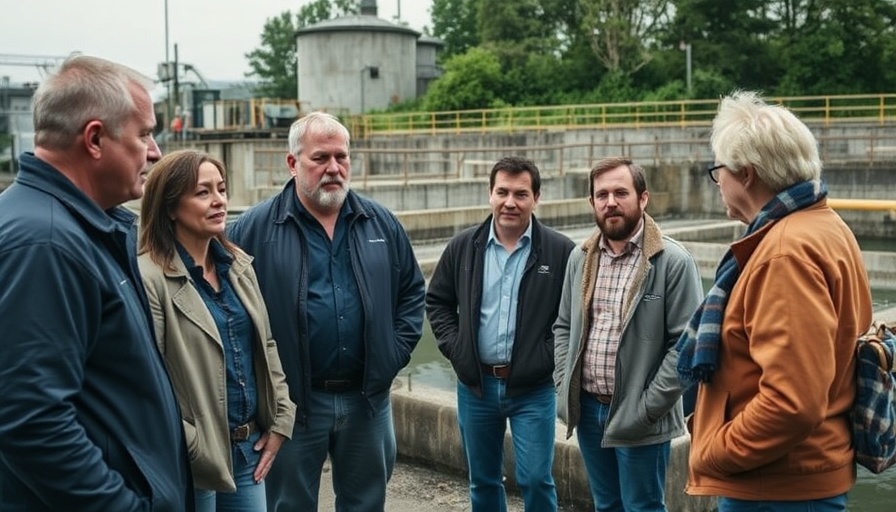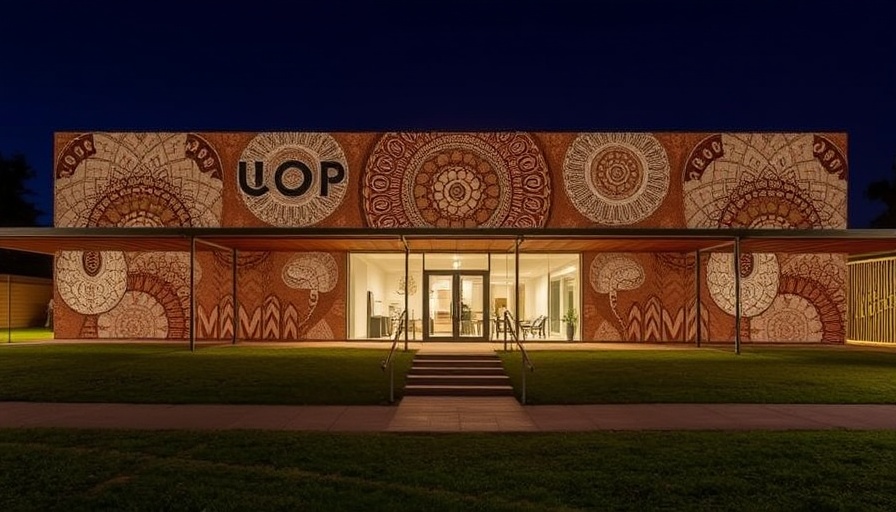
Shifting Focus: From Building Facilities to Building Lives
The growing behavioral health crisis in the U.S. highlights the urgent need for healthcare systems to rethink not only how treatment is delivered, but also where it takes place. Current facilities are often ill-equipped to cater to the complex needs of individuals suffering from serious mental illnesses. To effectively address these challenges, it's crucial to create spaces that foster both healing and independence.
Why Traditional Models Are Failing
Behavioral health facilities have traditionally focused on medication management and talk therapy, often neglecting essential aspects such as life skills development and job training. As healthcare leaders explore multidisciplinary approaches, it becomes clear that solely clinical interventions are insufficient. For instance, chronic disease management has evolved to include dietary guidance and physical fitness, demonstrating a model that could also apply to mental health.
Innovative Solutions: Shipping Container Adaptation
One exciting innovation in the development of comprehensive behavioral health facilities (CBHFs) is the use of shipping containers. This adaptable solution not only reduces construction costs but also allows for customizability and environmental sustainability. Each container can be tailored to specific therapeutic needs, offering a unique opportunity for design flexibility while maintaining a connection to local ecosystems.
Empowering Through Integration
Across the nation, a holistic model of care is emerging that integrates medical treatments with practical life skills training. For example, facilities that combine therapy with job training can empower individuals with serious mental illnesses to secure stable employment and achieve independence. This integration can significantly reduce the stigma surrounding mental health by demonstrating success stories of individuals thriving through supportive programs.
The Future of Behavioral Healthcare
As we face increasing homelessness linked to untreated mental illness, creating scalable and effective CBHFs becomes critical. The concept of adaptive reuse of shipping containers offers promise not just for addressing immediate needs, but for shaping a new paradigm in behavioral healthcare. Engaging partnerships with local organizations can enhance service offerings, making these facilities a cornerstone of community wellness.
The Human Cost: Understanding Community Impact
The social implications of failing to address the behavioral health crisis cannot be overstated. Not only does untreated mental illness lead to high rates of homelessness, but it also burdens families and communities. By understanding the human side of mental health treatment, stakeholders can be motivated to pursue innovative solutions, such as shipping container facilities that engage with clients in a holistic manner.
These developments signal a paradigm shift in behavioral healthcare that could provide more stable and effective support for individuals struggling with mental health issues. It's a call for innovation, empathy, and actionable solutions that resonate with the community—one container at a time.
 Add Row
Add Row  Add
Add 






Write A Comment